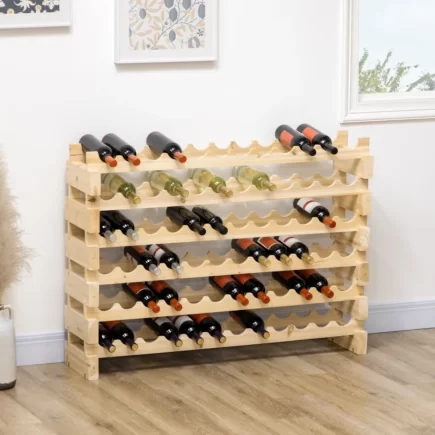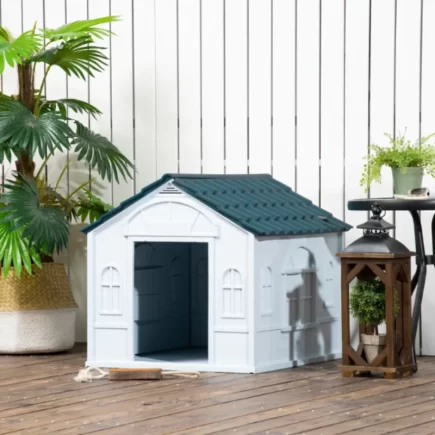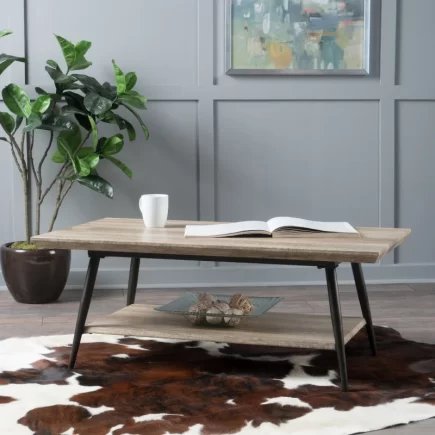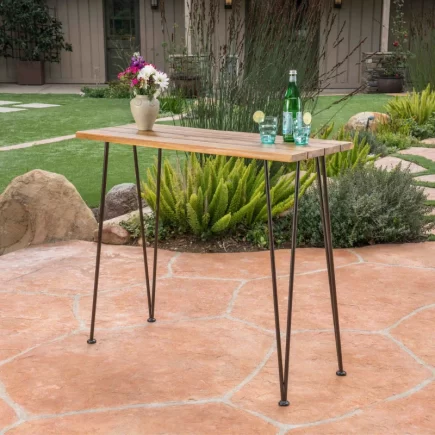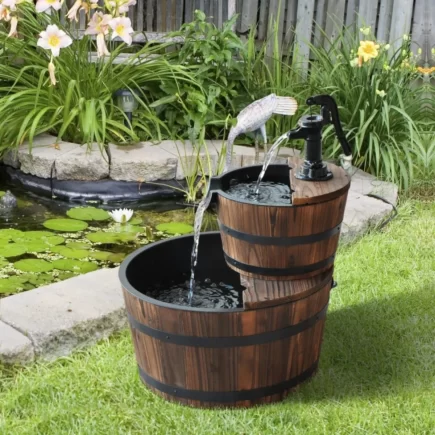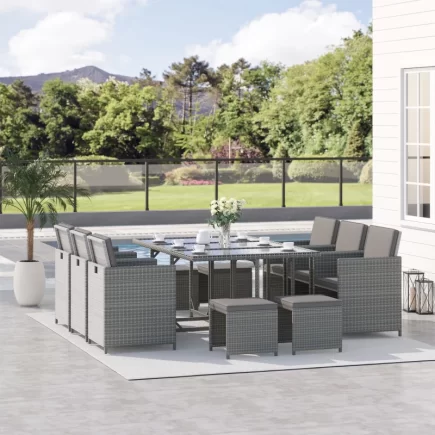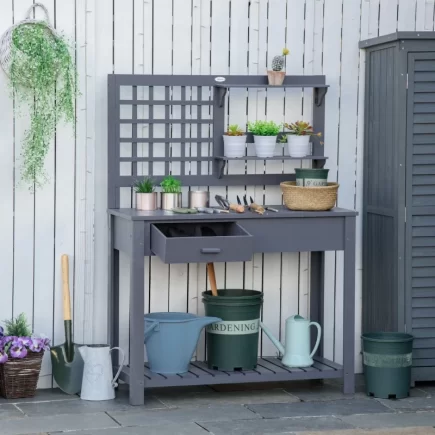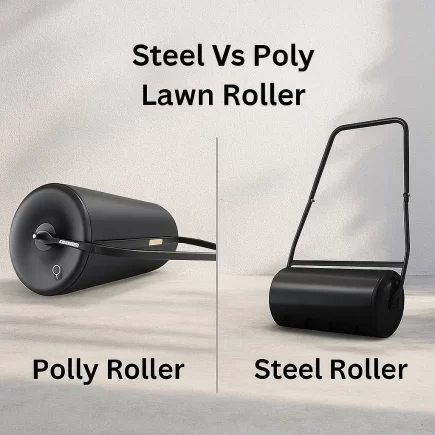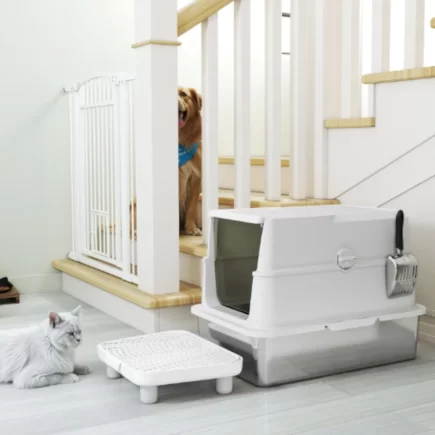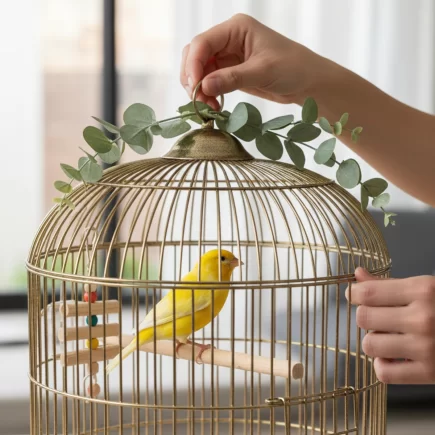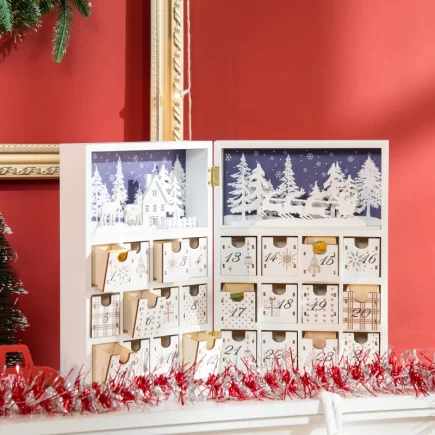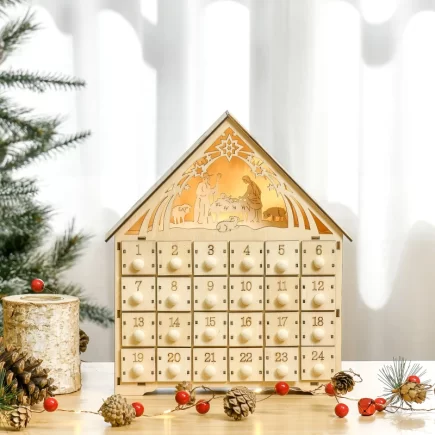Gardening should be a joyful, fulfilling endeavor, but the battle against weeds often overshadows it. For years, many gardeners turned to landscape fabric as a solution. While this fabric does provide benefits like weed prevention and soil protection, it comes with drawbacks, including environmental concerns and maintenance headaches. Thankfully, there are numerous effective alternatives that not only suppress weeds but also enhance your garden’s soil health and visual appeal.

This comprehensive guide explores the best alternatives to landscape fabric, providing practical tips and expert insights to help you create an eco-friendly, thriving garden.
Biodegradable Options
1. Cardboard as a Weed Barrier
Benefits:
Cardboard is an incredibly simple, cost-efficient, and eco-friendly solution for gardeners seeking an alternative weed barrier. With its wide availability from leftover packaging boxes to delivery cartons stacked in your garage it’s an ideal option for those looking to save money while enhancing their garden’s overall health.
This biodegradable material has the dual benefit of suppressing weed growth and enriching the soil as it naturally decomposes.

How to Use:
- Preparation: Remove any tape or staples from the cardboard.
- Application: Overlap pieces by a few inches to avoid gaps. Wet the cardboard for easier moldability, then add mulch on top for aesthetics.
2. Newspaper for Weed Control
Key Features:
Newspaper is a highly cost-effective and biodegradable solution for gardeners seeking an alternative to traditional landscape fabric. By repurposing old newspapers, you can suppress weeds while also promoting eco-friendly gardening practices.
To use newspaper effectively as a weed barrier, layer 4–8 sheets over your garden beds, overlapping the edges to ensure comprehensive coverage. This layering approach creates a sturdy barrier that prevents sunlight from reaching weed seeds, inhibiting their germination and growth.

Tips:
- Avoid glossy or colored paper, which may contain harmful chemicals.
- Replace layers annually for long-term results.
| Benefit | Limitation |
| Lightweight and easy to install | Shorter lifespan than other options |
| Readily available | May blow away without proper coverage |
3. Eco-Friendly Burlap
Natural burlap works similarly to traditional landscape fabric but is biodegradable and promotes healthier soil. Ideal for gardens with heavy weed issues, burlap decomposes slowly, making it a reliable medium-term solution.

Application Tip: Anchor the burlap securely using garden staples.
Mulch-Based Solutions
4. Wood Chips and Bark Mulch
Wood chips and bark mulch are not just about enhancing visual appeal; they bring a wealth of practical benefits to any landscape. These natural materials create a polished, cohesive look, tying gardens and outdoor spaces together with their earthy tones and textures.
Beyond aesthetics, they serve as a powerful tool for moisture retention, helping soil stay hydrated and reducing the need for frequent watering. They also act as a natural barrier against weeds, cutting down on the time and effort needed to maintain your yard.

Benefits:
- Suppress weeds while locking in soil moisture.
- Slowly decompose to enrich soil organically.
How to Use:
- Apply a 2–3 inch layer of mulch around flower beds and under trees.
- Avoid piling it close to tree trunks to prevent rot.

| Material | Durability | Additional Benefit |
| Wood Chips | 1–2 years | Adds nutrients to the soil |
| Bark Mulch | 2–4 years | Provides excellent aesthetics |
5. Straw for Soil Health
Straw is an excellent choice for mulching vegetable gardens, offering both practical and environmental benefits. Lightweight and easy to handle, it makes application simple and efficient. Unlike hay, straw is typically weed-free, meaning you won’t have to battle stray seeds sprouting alongside your crops. It excels at regulating soil temperature, creating a consistent environment for healthy plant growth.
By retaining moisture, it reduces the need for frequent watering, which not only saves time but also conserves water.Straw also acts as a barrier against weeds, cutting down on the labor of weeding while protecting the health of your plants.

Pro Tip:
Check labels to ensure the straw is clean and free of pesticide residues.
6. Recycled Lawn Waste
Shredded leaves, grass clippings, and pine needles are fantastic zero-cost mulch options for gardeners aiming to boost soil health and reduce waste. Widely available and eco-friendly, these materials help retain soil moisture, suppress weeds, and regulate temperature, creating an ideal environment for plant growth.
Their natural decomposition enriches the soil with essential nutrients, enhancing its fertility and structure over time. By repurposing yard waste like leaves and clippings, you can practice sustainable gardening while reducing landfill contributions.

| Type | Advantage |
| Grass Clippings | Adds nitrogen; prevents soil erosion |
| Pine Needles | Retains moisture; ideal for grasses |
| Leaves | Acts as slow-releasing organic compost |
Plant-Based Options
7. Ground Cover Plants
Ground cover plants not only prevent weeds but also add beauty to your landscape. Species like creeping thyme or mondo grass form dense mats, effectively choking out unwanted plant growth.
Recommended Ground Covers:
- Ajuga (for partially shady areas)
- Creeping Juniper (great for slopes or large areas)
| Advantage | Disadvantage |
| Long-term, sustainable solution | Initial planting cost can be high |
| Minimal upkeep | Additional watering needed initially |
Other Alternatives
8. Herbicides for Weed Control
When other options feel overwhelming, herbicides can deliver quick results. Choose environmentally friendly or organic herbicides to limit impact on surrounding plants.

9. Permeable Pavers
Permeable paver systems are an ideal solution for pathways and compact areas, combining durability with low-maintenance convenience. These systems allow water to infiltrate the ground, reducing runoff and supporting sustainable drainage practices. Their design promotes long-term functionality while minimizing the risk of pooling or erosion.
Whether used for winding garden paths or small patios, they provide a practical and eco-friendly choice for beautiful, resilient outdoor spaces.

How to Use:
Lay the pavers with interlocking grids and fill gaps with gravel or mulch.
Factors to Consider
Choosing the Right Alternative
When selecting an alternative, prioritize:
- Your Goals:
- For visual appeal, opt for bark mulch.
- For zero waste, stick with recycled grass and leaves.
- Your Budget:
- Cardboard and newspaper are free options.
- Burlap and permeable pavers require upfront investment.
- Environmental Impact:
- Favor biodegradable solutions that nourish the soil.
Environmental and Aesthetic Impact
Sustainability is key for modern gardens. Eco-conscious materials not only preserve nature but also boost long-term garden health.
| Key Component | Eco-Friendly Score |
| Newspaper | High |
| Herbicides | Low (except organic formulations) |
| Bark Mulch | Medium |
Creating the perfect garden doesn’t happen overnight. Test several alternatives to find what works best for your unique soil, climate, and aesthetic preferences. You’ll not only save resources and time but also design a garden space you can be proud of. For tools that make applying these alternatives effortless, visit Garden Tools. From mulch applicators to storage carts, Aosom has everything you need.
FAQs
1. Will these alternatives decompose over time?
Yes, natural materials like mulch, cardboard, and newspaper will break down, enriching the soil and boosting its organic content.
2. Can alternatives protect plants during summer heat?
Yes, organic mulches like straw or shredded bark regulate soil temperature, keeping roots cool while reducing water evaporation during extreme heat.
3. Are there specific alternatives that maximize water retention?
Straw mulch and wood chips are excellent choices for water retention. These materials help keep soil moist and reduce the need for frequent watering.


